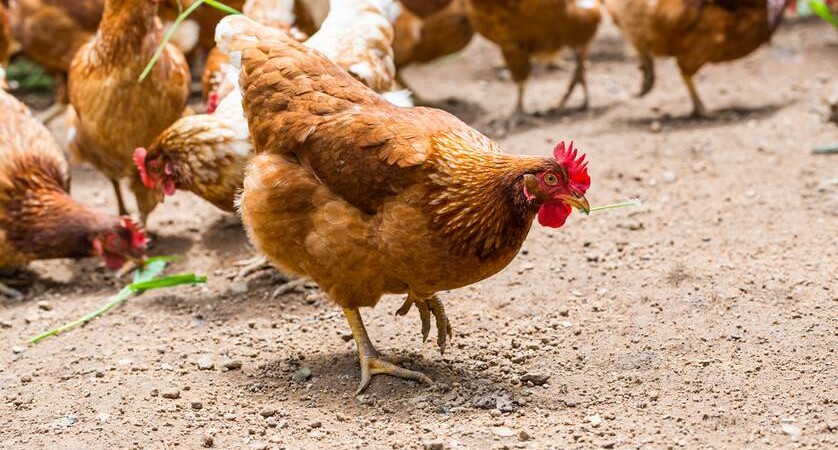

There has been a resurgence of interest in free-range poultry farming in recent years, as a result of welfare concerns associated with farming of poultry under intensive conditions. For the best positive welfare outcome, birds should be free from hunger, thirst, discomfort, pain, injury, disease, fear and distress and able to express normal behaviours. On the basis of these requirements, the following four criteria for free-range birds:
1) animal health should not be worse,
2) the use of medications and chemicals should not increase,
3) the environment should not be impaired and
4) beak trimming should not be necessary .
However, this model did not give any weight to the cost of production. Instead the top priority in assessing and comparing production systems was welfare. Researchers suggested that two more criteria should be added to the above list;
1) the natural environment be enhanced or protected and
2) product quality be maintained or enhanced.
Based on these welfare criteria, the free-range system is considered the most acceptable housing system for poultry. Under free-range conditions, the birds show high vigor, a firm and strong feather coverage, warm red combs and wattles. Birds show typical signs of calmness and comfort, such as dust and solar bathing, stretching wings and beak cleaning and preening.
Housing for Free Range Poultry
Free-range farmers generally use either barns or aviaries for housing with access for the birds to the range through pop-holes, either directly or through an enclosed verandah. The free-range area can be accessed directly or via a walkway to the end of the shed to access paddocks. The pop-holes can be shut in the evening. Water is generally available outdoors. Alternatively a single pop-hole with bars, to exclude foxes, may be left open to minimize the need for after-hours labor. To minimize the amount of dirt carried back into the sheds a number of farms have wire mesh grates in front of the pop-holes. To prevent the area around sheds becoming muddy from excess bird activity, a large number of farms also have some removable material (small rocks, gravel, wood chips, wood shavings) along the length of the shed sides for about 5-10 meters away from the shed. Both fixed and mobile shedding are commonly used in free-range systems. In Australia the sheds are open-sided with ventilation provided by adjustable blinds. The fixed sheds have litter, perches and nest boxes (either manual or automated). Paddock rotation is not routinely practiced although some farms provide rotation by using electric fences. These house 100-500 birds and stand on a moveable sled and are towed to positions around a paddock once or twice a week. Wire floors enable droppings to fertilize the area. These sheds are generally used by grain farmers between crops. Additional light is generally not provided.
 Contact Jaguza Support
Contact Jaguza Support